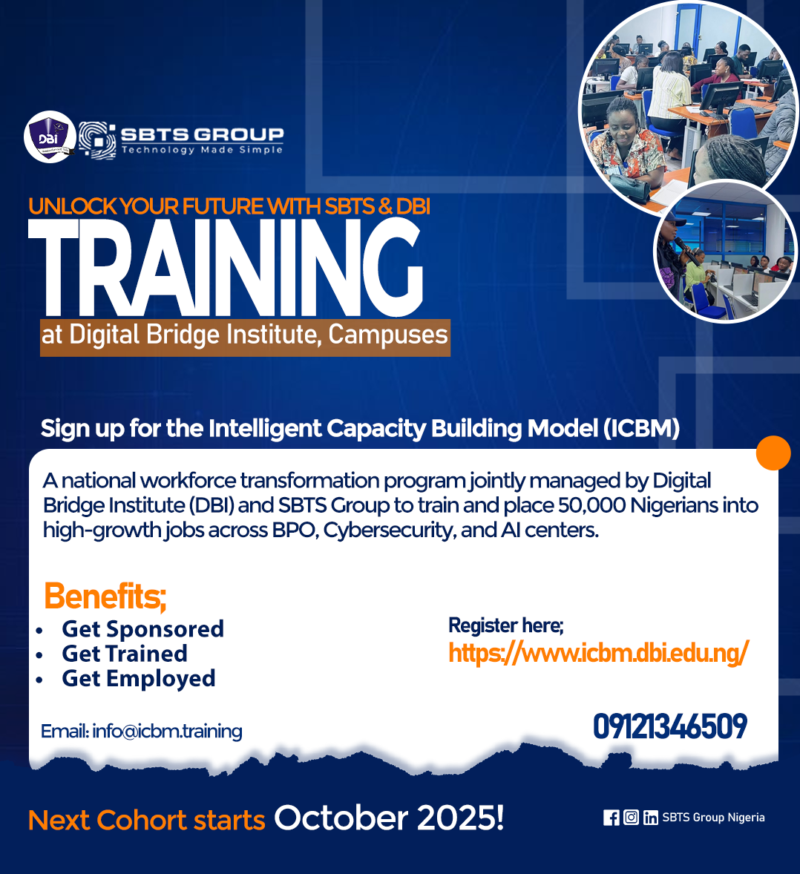By Damian Burnett, Sales Director at VAS-X
According to a recent Capgemini report, over 70% of telecom operators understand that legacy systems are a barrier to digital transformation and hinder the delivery of efficient, personalised services to customers. While these businesses acknowledge the downside of sticking with legacy infrastructure, they are often fearful (and rightly so) of the complexity, cost, and potential disruption that can come with upgrading their existing tech.
RELATED: Why some MVNOs fail and how others succeed
This is particularly true for Business Support Systems (BSS). A BSS manages critical revenue-related functions, from billing and revenue management to CRM and order fulfilment, and forms the backbone of how telcos interact with customers. Telcos are often tentative about a BSS overhaul because they’ve already made significant investments in legacy technology and can’t justify the cost of an upgrade.
Additionally, these systems are such a key component of day-to-day operations, operators are understandably cautious about making changes to something that has traditionally worked well enough and where such a change would introduce significant operational risk.
A BSS upgrade significantly touches every part of the business
A BSS upgrade is a significant project, something akin to a bank replacing its entire network of ATMs. It’s a project that touches every part of the business, impacts millions of customers, and requires meticulous planning and execution.
But legacy BSS platforms are typically monolithic, complex and costly to maintain, leaving telcos stuck between the risk of disruption and the need to modernise.
So, how do you know when it’s time to move to a modern BSS?
If your competitors are gaining traction with the frequent launch of new products and you’re losing market share, it might be time to modernise your BSS. If it takes you months to update your processes in response to market or regulatory changes, and others are moving at a much faster pace, your business support systems need a refresh. If your customer satisfaction scores are down, if you’re struggling with billing inaccuracies and high maintenance costs, modernising your BSS is the right move.
BSS migration mastery
The dilemma is clear: replacing or upgrading a system is a big step but continuing to rely on increasingly outdated technology threatens innovation, competitiveness and future growth. For telcos wanting to replace a legacy BSS without the risk, taking a modular or phased approach is the best strategy.
Rather than upgrading everything at the same time, savvy telcos can opt to swap out specific services, whether it’s just a CRM component or invoicing component, maybe the onboarding component and then scale things up at their own pace. With this approach, old and new systems can run in parallel, with the legacy system continuing to handle live operations, while the new system is tested and validated. It’s also possible to run a phased customer migration, so that operators can refine processes and resolve issues before affecting their entire customer base.
While there’s no doubt that a BSS upgrade is a big project, the risks of delaying an upgrade far outweigh the challenges of migration. Especially if you migrate in stages. When adopting a phased approach, operators can modernise with lower risk, and guaranteed continuity of service and enjoy the benefits of modern platforms – from quick product launches and better operational efficiency to improved customer experience.
SOCIAL MEDIA CONTENT
For VAS-X
For many African operators, legacy BSS platforms remain a double-edged sword. They keep businesses running but also limit agility, slow down innovation, and increase operational costs. Operators know they need to modernise, but fear of disruption, cost, and complexity keeps them stuck.
The good news? It’s possible to replace a legacy BSS without exposing the business to unnecessary risk. With the right strategies, telcos can modernise their BSS in stages, minimising risk while unlocking real business benefits.
For Craig Palmer, Chief Executive Officer at VAS-X
A BSS migration is no mean feat. It’s a complex, high-stakes process that touches every part of a telco’s operations, from billing and revenue management to customer care and service delivery. It’s a project that impacts millions of customers, and requires meticulous planning and execution. You could compare the process to a big bank deciding to rip out and replace its entire ATM network.
But the potential cost of not upgrading your BSS is even more intimidating – think high maintenance expenses, slow time to market, poor customer service and, ultimately, losing out to the competition.
If a BSS migration is on the cards for your business, I’d advise that you take a modular, gradual approach.































